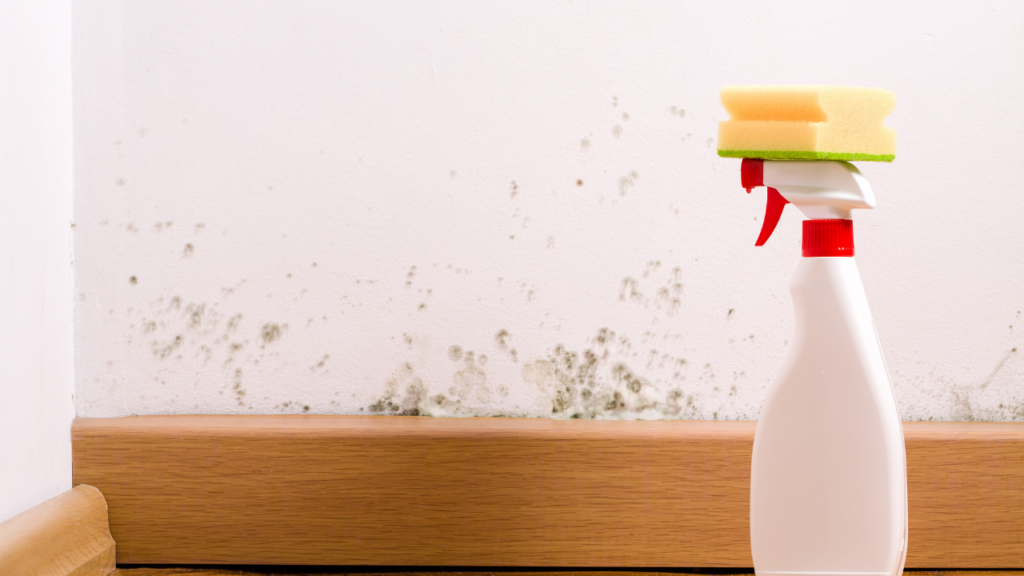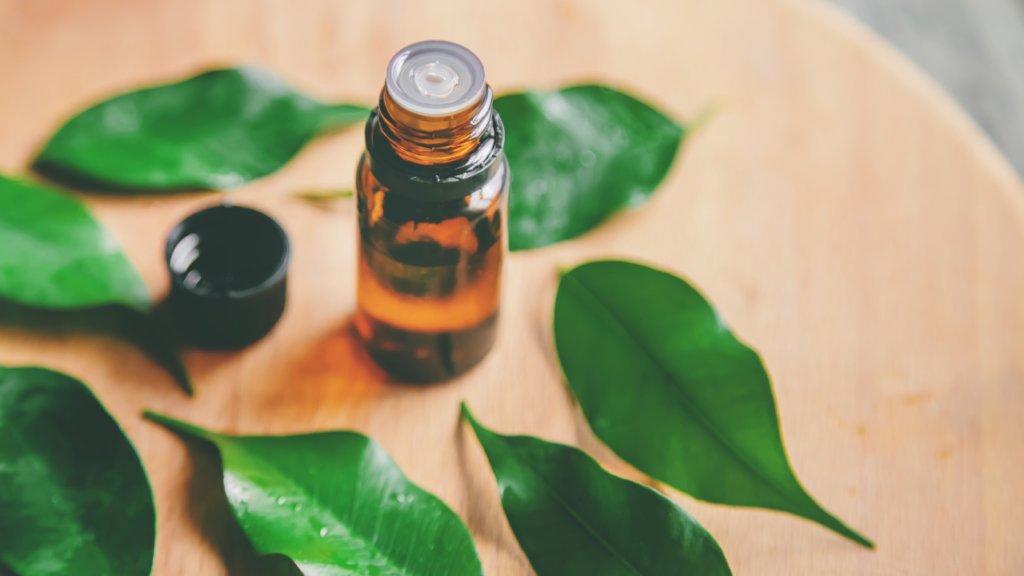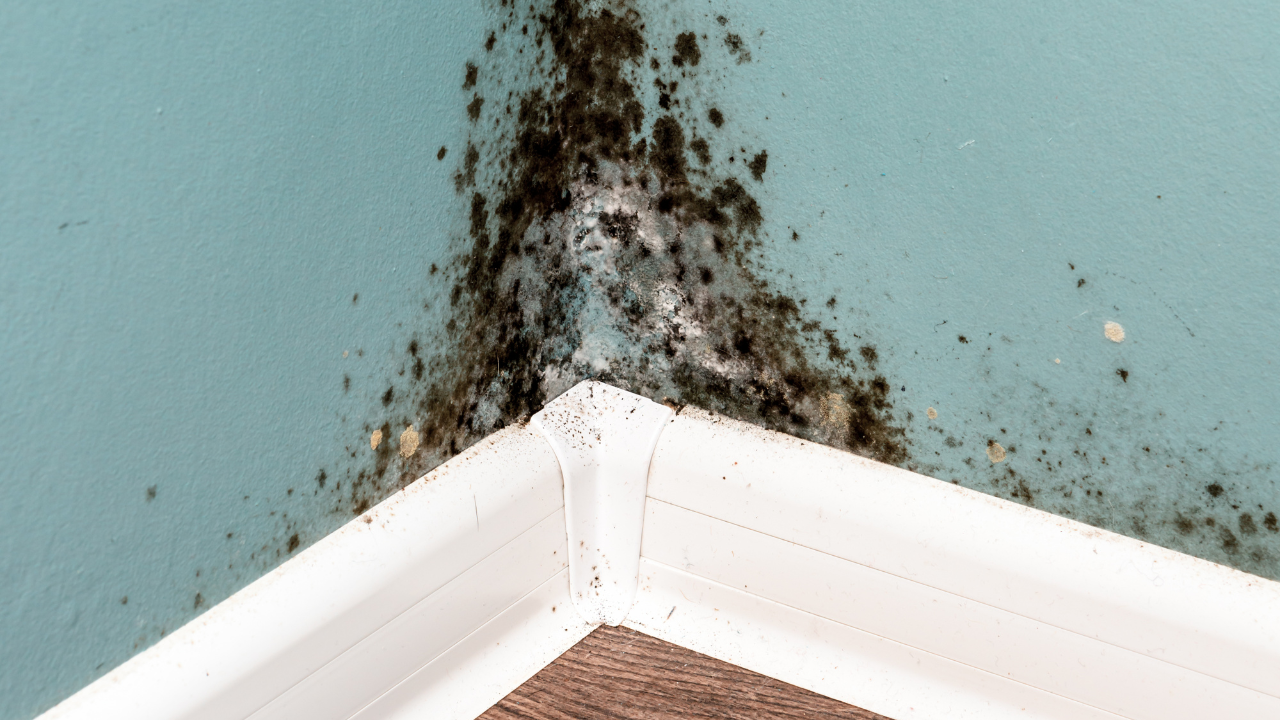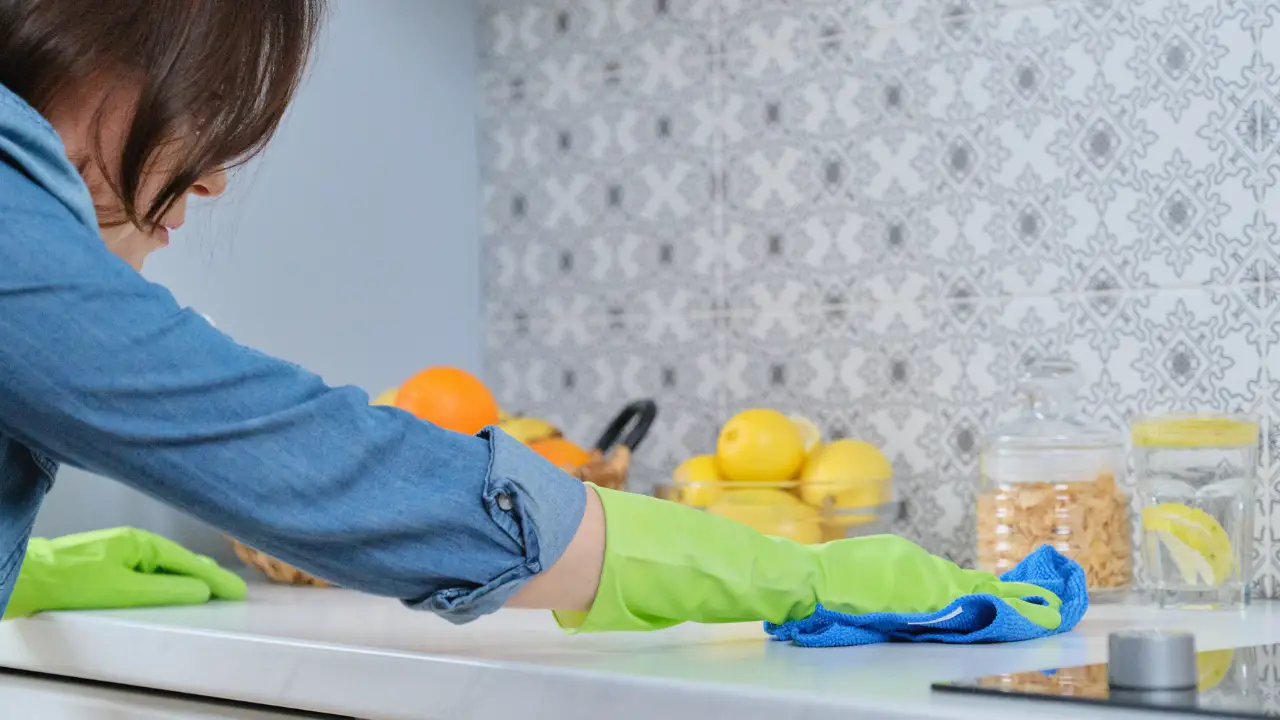Mold growth on walls can be a distressing problem for homeowners. Not only does it compromise the aesthetics of your living space, but it can also pose health risks.
This guide will provide step-by-step instructions on how to effectively remove mold from walls, ensuring a clean and healthy environment for you and your family.
Table of Contents
Understanding Mold on Walls
Mold thrives in areas with moisture and poor ventilation, making walls susceptible to its growth. The presence of mold on walls can indicate underlying issues such as water leaks, high humidity, or condensation.
It is important to address mold growth promptly to prevent further damage and health complications.
Safety Precautions
Before starting the mold removal process, take the following safety precautions:
- Wear protective gear, including gloves, goggles, and a face mask, to avoid direct contact with mold spores and harmful chemicals.
- Ensure the room is well-ventilated by opening windows or using fans to prevent the accumulation of fumes.
What you’ll need…

To effectively remove mold from walls, gather the following supplies:
- Bleach or a mold-specific cleaning solution
- Water
- Spray bottle
- Scrub brush or sponge
- Protective gloves
- Plastic sheets or tarps
- Disposable cloths or rags
Removing Mold from Walls
Before proceeding with mold removal, prepare the area by following these steps:
- Clear the immediate area around the affected wall, removing any furniture, decorations, or items that could obstruct the cleaning process.
- Cover the floor and nearby objects with plastic sheets or tarps to protect them from potential splashes or drips of cleaning solutions.
Method 1: Using Bleach Solution
Step 1
Create a mixture of one part bleach and three parts water in a spray bottle.
Step 2
Spray the bleach solution directly onto the mold-affected areas of the wall.
Step 3
Allow the solution to sit on the wall for 15 minutes to penetrate and kill the mold.
Step 4
Gently scrub the treated areas with a scrub brush or sponge to remove the mold.
Step 5
Rinse the wall with clean water and wipe away any remaining bleach residue.
Step 6
Thoroughly dry the wall using disposable cloths or rags.
Method 2: Vinegar and Baking Soda
Step 1
Fill a spray bottle with undiluted white vinegar.
Step 2
Spray the vinegar directly onto the mold-infested areas of the wall.
Step 3
Sprinkle baking soda over the vinegar-soaked areas.
Step 4
Use a scrub brush or sponge to scrub the wall gently, allowing the mixture to remove the mold.
Step 5
Rinse the wall with clean water and wipe away any residue.
Step 6
Dry the wall thoroughly using disposable cloths or rags.
Method 3: Tea Tree Oil Spray

Step 1
Fill a spray bottle with water and add a teaspoon of tea tree oil.
Step 2
Shake the bottle well to mix the solution.
Step 3
Spray the tea tree oil solution directly onto the mold-infested areas of the wall.
Step 4
Leave the solution on the wall for a few hours to allow the tea tree oil’s antifungal properties to work.
Step 5
Gently scrub the wall using a scrub brush or sponge.
Step 6
Rinse the wall with clean water and wipe away any remaining mold or residue.
Step 7
Dry the wall completely using disposable cloths or rags.
Method 4: Hydrogen Peroxide
Step 1
Fill a spray bottle with 3% hydrogen peroxide.
Step 2
Spray the hydrogen peroxide directly onto the mold-affected areas of the wall.
Step 3
Let the solution sit on the wall for 10 minutes.
Step 4
Scrub the wall using a scrub brush or sponge to remove the mold.
Step 5
Rinse the wall with clean water and wipe away any remaining mold or residue.
Step 6
Dry the wall thoroughly using disposable cloths or rags.
Prevention Tips
To prevent future mold growth on your walls, consider the following tips:
Conclusion
Mold growth on walls can be a persistent and concerning issue. By following the step-by-step methods outlined in this guide, you can effectively remove mold and restore the cleanliness of your walls. Remember to prioritize safety by wearing protective gear and adequately ventilating the area.
Additionally, implement preventive measures to minimize the likelihood of mold reoccurrence, creating a healthier and more inviting living space for you and your loved ones.
Frequently Asked Questions
Can I use bleach on all types of walls to remove mold?
While bleach is effective for removing mold, it can damage certain surfaces. It is best to test a small, inconspicuous area before using bleach on the entire wall.
Is it necessary to wear protective gear when removing mold from walls?
Yes, it is essential to wear protective gear, including gloves, goggles, and a face mask, to minimize exposure to mold spores and cleaning solutions.
Are natural remedies like vinegar and tea tree oil as effective as bleach?
Vinegar and tea tree oil have natural antifungal properties and can be effective in removing mold. However, they may not be as potent as bleach in severe cases.
Can I paint over a wall after removing mold?
It is recommended to thoroughly clean and dry the wall before painting to ensure the mold is completely removed. Consult a professional if you are unsure about the condition of the wall.
How often should I check my walls for mold?
Regularly inspect your walls, especially in areas prone to moisture, for any signs of mold. Prompt action is crucial in preventing mold from spreading and causing further damage.





